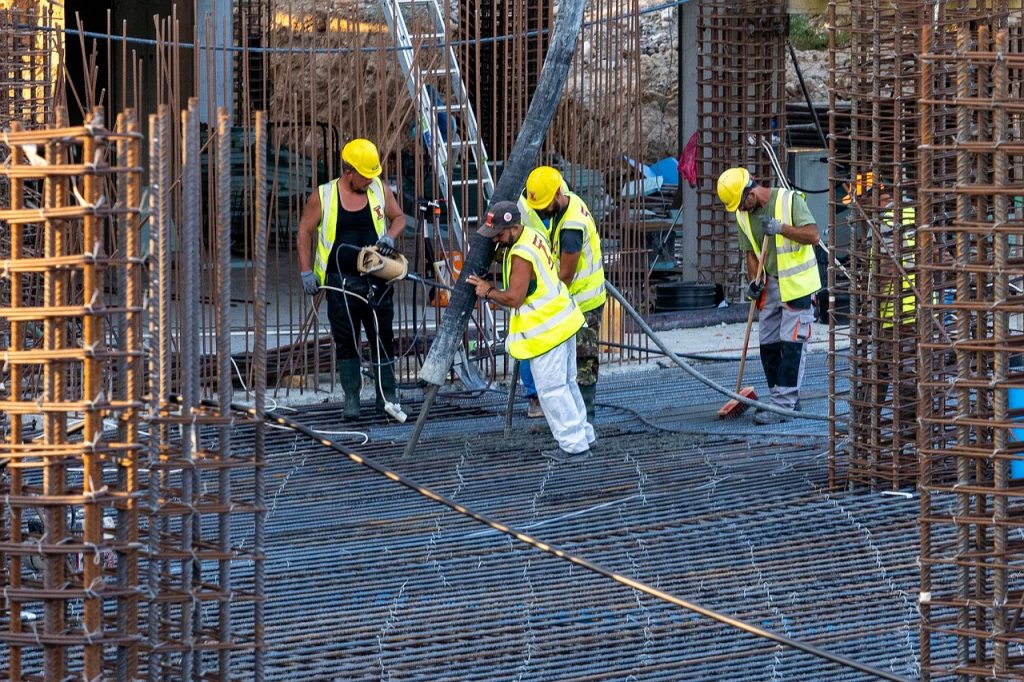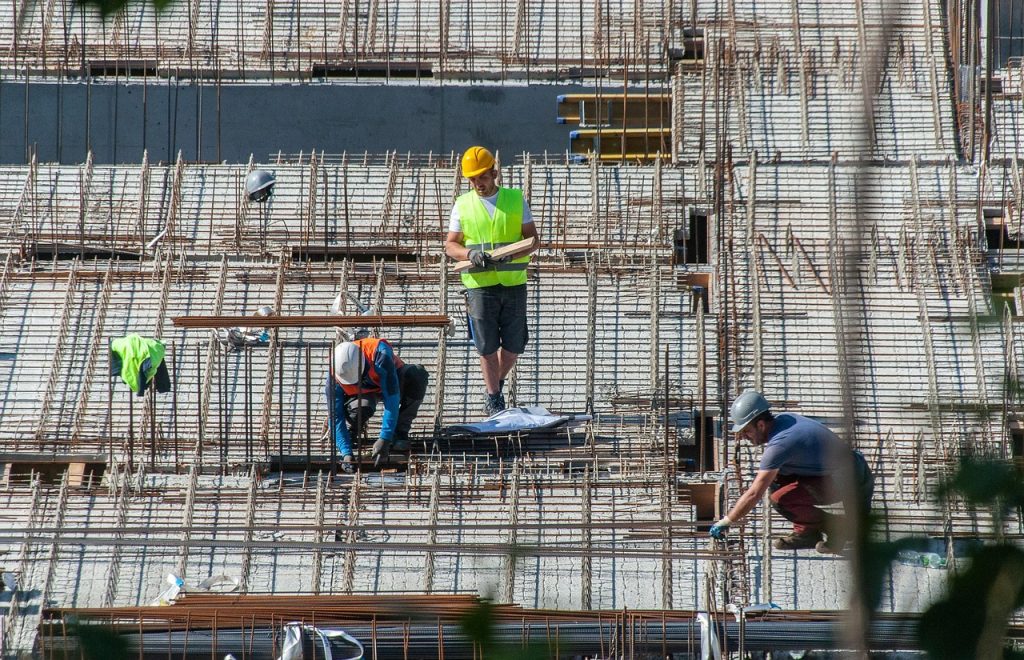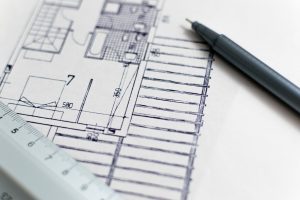In the construction industry, successful project delivery is not just about having good designs or quality materials—it also depends on effective leadership and coordination on-site. This is where the construction superintendent plays a pivotal role. Acting as the key link between the project’s vision and its day-to-day execution, a construction superintendent ensures that the work progresses safely, efficiently, and according to plan.
This comprehensive guide will explore in detail what a construction superintendent is, their roles and responsibilities, the skills required, and how they differ from project managers and other construction professionals. Understanding this role is essential for anyone looking to enter or manage the construction field, as the superintendent is one of the most critical figures in ensuring a project’s success.
Understanding the Role of a Construction Superintendent

A construction superintendent is the professional responsible for overseeing all on-site operations during the construction of a project. They ensure that construction activities are carried out safely, on schedule, within budget, and according to specifications and codes.
While project managers typically handle administrative, contractual, and client-facing responsibilities, the superintendent manages the physical execution of the work on the ground. They are the “boots on the ground” leader—directly involved in supervising workers, managing subcontractors, coordinating with suppliers, and ensuring compliance with safety and quality standards.
Superintendents are found in all types of construction projects—from residential developments and commercial buildings to large-scale industrial or infrastructure works. Depending on the project’s size and complexity, there may be one superintendent or a team of them, each assigned to specific scopes or phases.

Core Responsibilities of a Construction Superintendent
The responsibilities of a construction superintendent are broad and multifaceted. They require balancing technical knowledge, leadership, and problem-solving skills to ensure smooth site operations.
Below are the core responsibilities commonly associated with the role:
2.1. Planning and Scheduling
Before construction begins, the superintendent collaborates with the project manager, engineers, and subcontractors to create a detailed work schedule.
They break down the project into phases, allocate tasks, and plan resource needs such as labor, equipment, and materials.
They must also monitor progress daily and make adjustments to the schedule as unforeseen challenges—such as weather delays or supply shortages—arise.
2.2. On-Site Supervision
Superintendents are responsible for day-to-day oversight of all construction activities. They ensure that crews and subcontractors perform their tasks according to design specifications, safety requirements, and building codes.
They often walk the site several times a day to inspect work quality, identify potential issues early, and keep the project moving efficiently.
Also read: 7 Best Eco-Friendly Construction Companies in Bali
2.3. Coordination with Stakeholders
Construction sites involve multiple parties—architects, engineers, contractors, suppliers, inspectors, and clients. The superintendent serves as the communication hub among them, ensuring that information flows smoothly.
This coordination helps prevent misunderstandings that could lead to rework or delays.
2.4. Quality Control
Superintendents are directly responsible for maintaining construction quality. They ensure that all materials and workmanship meet the required standards and specifications.
They might also perform inspections or coordinate with third-party quality assurance professionals to verify compliance.
2.5. Safety Management
One of the superintendent’s most critical roles is maintaining a safe work environment. They implement safety protocols, conduct toolbox talks, and ensure workers follow OSHA or other local safety regulations.
Accidents can lead to costly delays and reputational damage, so proactive safety management is central to the superintendent’s duties.
2.6. Resource Management
The superintendent oversees the efficient use of materials, tools, and equipment. They track inventory, monitor material deliveries, and coordinate storage and handling to prevent waste and theft.
2.7. Problem Solving and Decision-Making
No matter how well a project is planned, unexpected issues inevitably arise—whether it’s bad weather, equipment breakdowns, or design conflicts. The superintendent must make quick, informed decisions to keep work progressing without compromising safety or quality.
2.8. Documentation and Reporting
Superintendents maintain detailed records of site activities, including daily reports, safety inspections, time logs, and progress photos.
This documentation is essential for tracking productivity, supporting billing, and resolving disputes.
The Construction Superintendent’s Role Across Project Phases
A construction superintendent’s involvement spans the entire project lifecycle, from pre-construction to completion. Their focus evolves at each phase:
3.1. Pre-Construction Phase
During pre-construction, the superintendent:
- Reviews project plans and drawings to understand design intent and site conditions.
- Participates in constructability reviews to identify potential issues before work begins.
- Assists in developing the construction schedule and budget estimates.
- Helps in selecting subcontractors and suppliers.
- Plans site logistics, including access roads, temporary facilities, and material storage areas.
3.2. Construction Phase
This is the most active period for the superintendent. Key responsibilities include:
- Supervising all on-site activities daily.
- Ensuring compliance with safety standards and local codes.
- Coordinating work between different trades and subcontractors.
- Managing schedule adherence and making real-time adjustments.
- Maintaining clear communication with the project manager about progress, issues, and resource needs.
3.3. Post-Construction Phase
Once construction is completed, the superintendent assists in:
- Conducting final inspections and punch list work.
- Ensuring all deficiencies are corrected before project handover.
- Overseeing demobilization of temporary facilities and cleanup.
- Providing as-built documentation and warranty information.
Construction Superintendent vs. Project Manager
The superintendent and project manager are two of the most important roles in a construction project, and while their work overlaps, their focuses differ significantly.
| Aspect | Construction Superintendent | Project Manager |
| Primary Focus | On-site execution and supervision | Administrative management and overall project delivery |
| Work Location | On the construction site | In the office or client meetings |
| Responsibilities | Daily operations, safety, quality, and schedule control | Budgeting, contracts, client communication, and reporting |
| Key Skills | Leadership, field coordination, technical understanding | Financial management, strategic planning, and communication |
| Reporting Structure | Reports to the Project Manager | Reports to the Construction Director or Owner |
Together, they form a complementary leadership pair: the superintendent ensures the physical work meets the standards, while the project manager ensures the business side of the project runs efficiently.
Essential Skills and Competencies of a Construction Superintendent
Being a successful construction superintendent requires a blend of technical, managerial, and interpersonal skills. Below are the most essential competencies for this demanding role:
5.1. Technical Knowledge
Superintendents must deeply understand construction methods, materials, building codes, and engineering principles. They should be able to read and interpret blueprints, structural drawings, and specifications accurately.
5.2. Leadership and Team Management
As the on-site leader, a superintendent must motivate crews, resolve conflicts, and foster teamwork. Strong leadership builds morale and ensures everyone aligns toward shared project goals.
5.3. Communication Skills
Clear communication is vital for conveying instructions, coordinating subcontractors, and updating stakeholders. Miscommunication can lead to costly mistakes and rework.
5.4. Problem-Solving Ability
Construction rarely goes perfectly to plan. Superintendents need the ability to think on their feet, analyze problems quickly, and make practical decisions to minimize delays.
5.5. Time Management
With multiple tasks occurring simultaneously, superintendents must prioritize effectively and maintain a clear view of deadlines and critical paths.
5.6. Safety Awareness
A strong understanding of safety protocols and risk mitigation techniques is crucial. Superintendents set the tone for safety culture on-site.
5.7. Technological Proficiency
Modern construction uses various digital tools such as Building Information Modeling (BIM), project management software, and mobile reporting apps. Familiarity with these tools improves efficiency and communication.
Typical Career Path of a Construction Superintendent
Becoming a superintendent typically involves years of experience and technical education. Many start as construction workers, foremen, or assistant superintendents before moving into full superintendent roles.
6.1. Education
Most employers prefer candidates with a degree or diploma in construction management, civil engineering, or a related field. However, practical experience often carries more weight than formal education in this role.
6.2. Experience
Superintendents often spend 5–10 years gaining hands-on experience in the field before leading projects independently. They develop expertise in managing crews, understanding complex drawings, and resolving site challenges.
6.3. Certifications
Obtaining certifications can enhance credibility and employability. Examples include:
- OSHA Safety Certification
- Certified Construction Manager (CCM)
- Construction Health and Safety Technician (CHST)
- Project Management Professional (PMP) (for broader management understanding)
Challenges Faced by Construction Superintendents
Despite the rewards, the superintendent’s role comes with significant challenges:
7.1. Balancing Quality, Time, and Cost
Superintendents constantly juggle the “iron triangle” of construction—ensuring quality without exceeding the budget or delaying schedules.
7.2. Managing Subcontractors
Coordinating multiple subcontractors with different work cultures, priorities, and schedules can be difficult. Effective supervision and communication are essential.
7.3. Weather and Environmental Factors
Rain, heat, and other environmental conditions can disrupt schedules. Superintendents must plan contingencies and adjust work sequences accordingly.
7.4. Safety Risks
Construction sites are inherently hazardous. Superintendents must maintain constant vigilance to prevent accidents.
7.5. Communication Breakdowns
Miscommunication between office teams, suppliers, or workers can lead to rework or disputes. Maintaining accurate, timely information flow is crucial.
Also read: 7 Best Custom Home Builders to Consider in Bali
The Role of Technology in Modern Construction Supervision
The superintendent’s role has evolved significantly with advances in technology. Digital transformation tools now enhance productivity, accuracy, and safety on construction sites.
8.1. Building Information Modeling (BIM)
Superintendents use BIM to visualize designs, identify clashes, and plan sequences more effectively. It allows real-time collaboration between design and construction teams.
8.2. Project Management Software
Tools like Procore, PlanGrid, or Autodesk Construction Cloud help superintendents track progress, log issues, share documents, and generate reports efficiently.
8.3. Drones and Aerial Imaging
Drones provide real-time site monitoring, progress tracking, and safety inspections from a bird’s-eye view—saving time and improving accuracy.
8.4. Mobile Applications
Mobile apps allow superintendents to record daily reports, track attendance, manage punch lists, and communicate instantly with remote teams.
8.5. IoT and Wearable Technology
Connected devices like smart helmets or GPS trackers improve safety and allow for real-time tracking of equipment and personnel.
Best Practices for Construction Superintendents
To excel in this challenging role, superintendents should adopt the following best practices:
- Plan Thoroughly: Always start with a detailed plan that covers sequencing, logistics, and risk mitigation.
- Communicate Clearly: Ensure all stakeholders understand their roles, responsibilities, and deadlines.
- Prioritize Safety: Lead by example in following and enforcing safety protocols.
- Stay Organized: Keep detailed records, drawings, and schedules up to date.
- Embrace Technology: Use modern tools to streamline communication, documentation, and reporting.
- Build Strong Relationships: Foster trust and collaboration with subcontractors, clients, and crew members.
- Maintain Flexibility: Be ready to adapt to changes in plans, weather, or scope without compromising project objectives.
Conclusion
A construction superintendent is the cornerstone of project execution—transforming plans and blueprints into real, physical structures. Their leadership on-site ensures that every task aligns with the design intent, adheres to safety standards, and meets quality expectations.
The superintendent bridges the gap between strategy and action, balancing the demands of time, cost, and quality while managing people, materials, and equipment. As construction becomes increasingly complex and technology-driven, the role of the superintendent continues to evolve—requiring not just technical expertise but also adaptability, digital literacy, and strong interpersonal skills.
In essence, a construction superintendent is far more than a site manager—they are the driving force behind every successful build, ensuring that vision becomes reality with precision, efficiency, and excellence.

Gracia Rena
Gracia is a co-owner of the company and a seasoned professional with over 20 years of experience in the hospitality industry. Her impressive background includes roles at major organizations such as Marriott, Accor, Banyan Tree, Sudamala, and Singapore Airlines.
With a profound understanding of luxury service standards and operational excellence, Gracia brings invaluable expertise to the business. Her strategic insight and dedication to quality have been instrumental in shaping the company’s growth, ensuring its continued reputation for delivering exceptional value and innovation in hospitality and commercial projects across the region.




